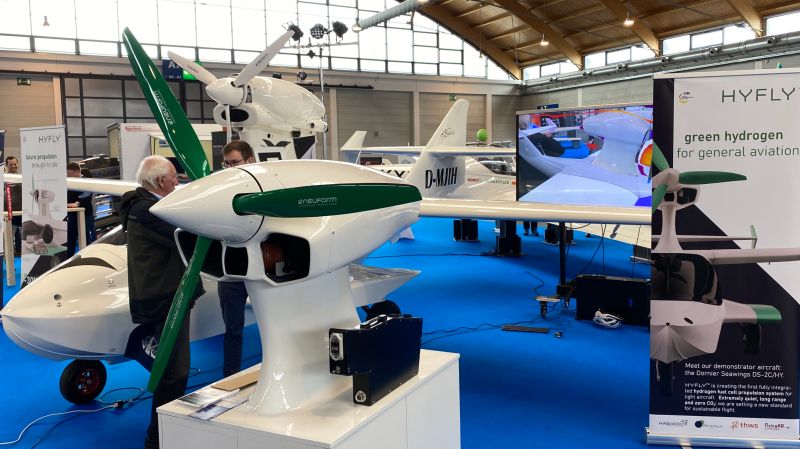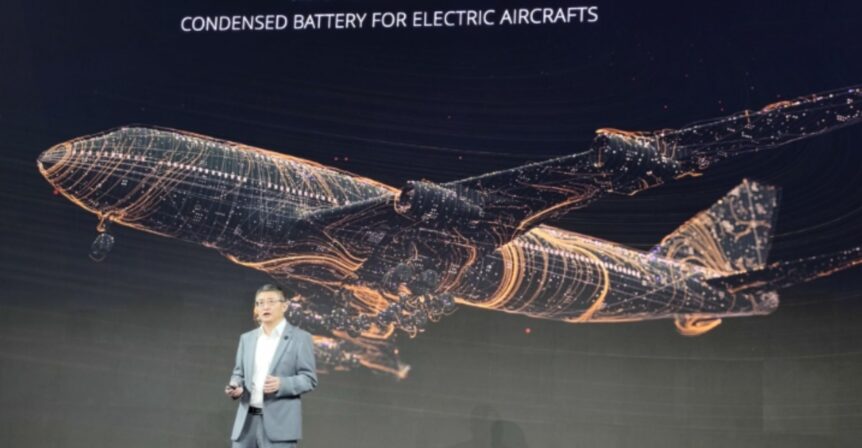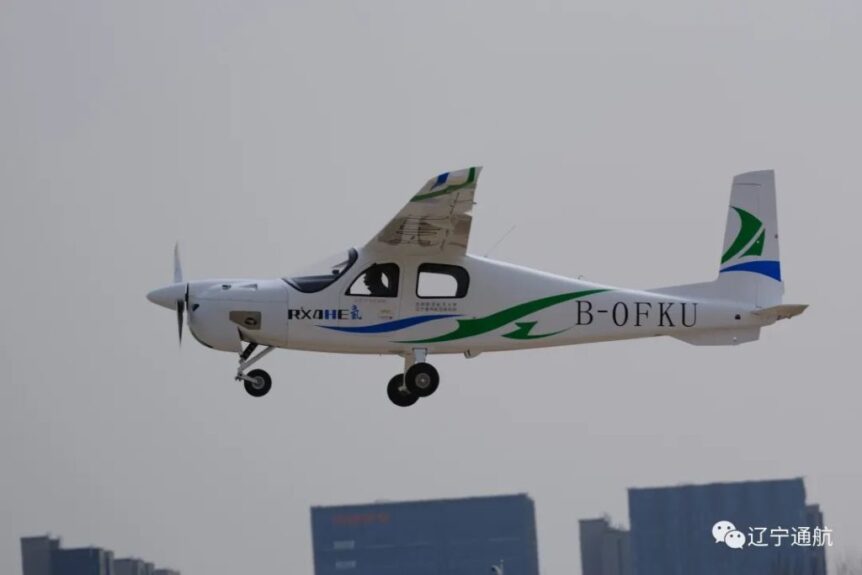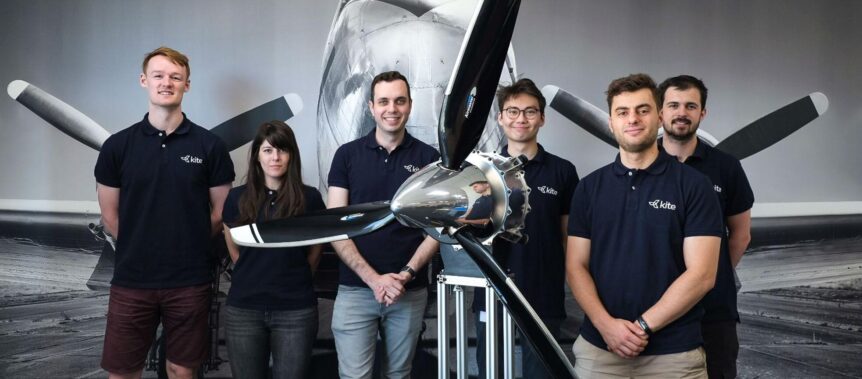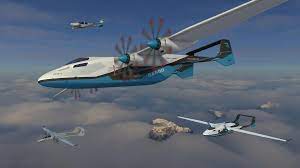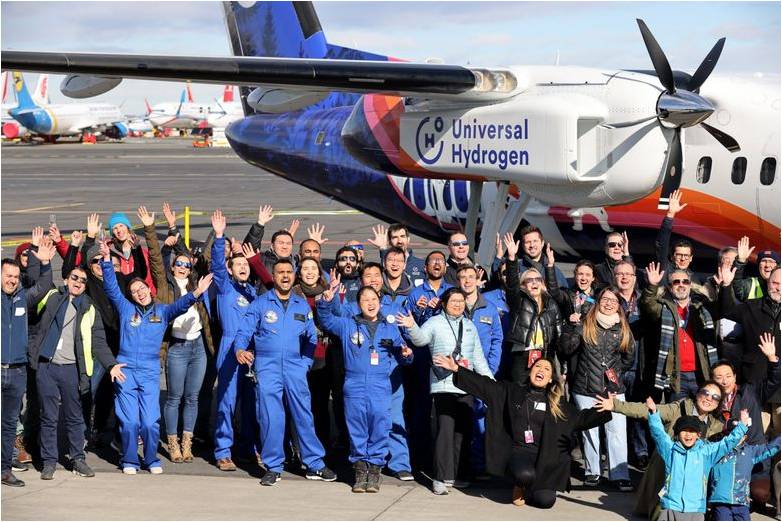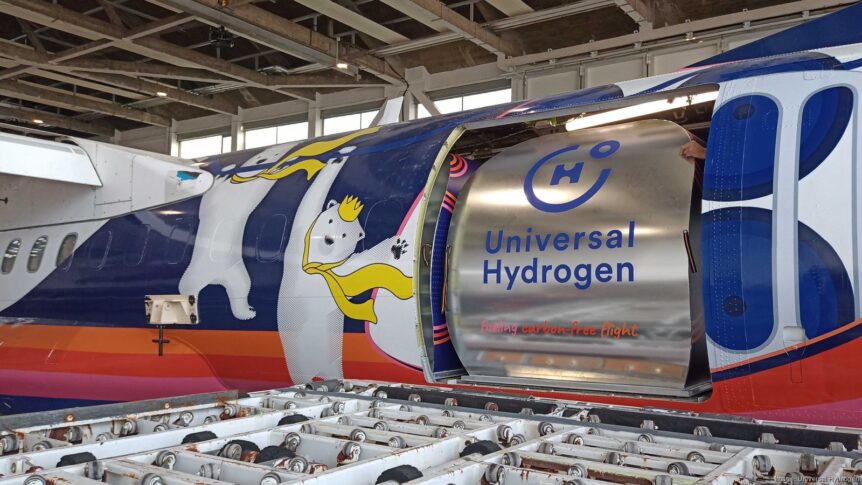What happens when a major aircraft company buys an interesting seaplane and repowers it with hydrogen? Dornier, a long-time German producer of often brilliant aircraft, acquired the rights to a two-seat amphibian, the Flywhale FW650, as of January 1, 2022. Originally powered with a Rotax engine, the craft will be repowered with an electric motor and a variety of possible battery, hydrogen, or hybrid power sources. Redesignated the Dornier DS-C2, it becomes part of the Seawings division and could live not only in the world of unlimited runways, but become a true eVTOL (electric Vertical Take Off and Landing) airplane, the DS-2C-X. The standard Light Sport Aircraft configuration can carry two at 250 kilometers per hour (155 mph), over a distance of 1,000 kilometers (620 miles) – impressive enough. It can operate in sea states up to 2 (Sea state 2 includes waves of 0.6 to 0.9 feet and winds up to 8 to 10 knots, or 9.2 to 11.5 mph.) …
Three Silicon 500 Kilowatt-hour-per-Kilogram Batteries
Suddenly, three battery makers have announced silicon-based 500 kilowatt-hour batteries, a major leap forward for possible use in electric aircraft. The three use varied techniques to achieve this significant energy increase. Amprius We covered Amprius’ new battery on March 28, noting its successful record-breaking flights in AALTO’s Zephyr HAPS (High Altitude Pseudo Satellite) aircraft. This frail-looking but obviously over-achieving machine has loitered over the desert of New Mexico and beyond for over 64 days and nights, powered by a combination of sunlight and Amprius batteries. The batteries in particular just keep getting better. That record was set with the last generation of Amprius cells, but future flights will benefit from the verified performance of their new 500 kilowatts per kilogram batteries. Mobile Power Solutions performed such tests, showing results of >504 Wh/kg and >1321 Wh/l at 25°C. Pierre-Antoine Aubourg, Chief Technical Officer at AALTO HAPS, looks ahead. “We look forward to taking advantage of Amprius’ 500 Wh/kg cell to further …
A Documentary about an Historic Electric Flight
Saturday, April 22, from 2:00 PDT to 3:00 PDT, you will be able to view the world premier of a documentary by Remy Oktay about his historic electric flight in a Pipistrel in 2022. This would involve a flyover at his alma mater’s homecoming football game, giving his classmates an opportunity to see an electric airplane in action for the first time. The film will be shown at an event in San Francisco, but if you’re not in the neighborhood, you can register here to see it on line. The event’s announcement should help you find the venue. ”If this event has reached capacity or you would like to attend virtually, please register for the livestream here – https://lu.ma/7c8o06u9 ”Silent Skies follows the groundbreaking journey of the college students who orchestrated and piloted the first-ever crewed electric airplane stadium flyover. Witness this milestone in America’s transition to electric aviation. “This film premiere event features a presentation by students Remy Oktay ’24 and …
Heart Aerospace, BAE Collaborate on Batteries
Heart Aerospace, a Swedish startup, has teamed with BAE Systems, a veteran British aerospace supplier, to help with powering its 30-seat, battery-powered airliner. The four-motor craft will include a very large battery pack under the passenger compartment. The need for safety should be obvious. Adding eleven seats to its original 19-seat platform, Heart also brings a turbo generator on board, enabling flights up to 400 kilometers (250 miles) with 30 passengers, or even 800 kilometers (500 miles) with 25. These figures include normal airline range reserves. Partners include BAE Systems, Swedish aerospace group Saab, avionics supplier Garmin, and Aernnova, a Spanish airframe specialist. BAE’s UK-based group’s Controls and Avionics Solutions operation in upstate New York will oversee the batteries and their control and monitoring. This fits BAE’s expertise, with more than 25 years of experience electrifying large, heavy-duty industrial vehicles with over 15,000 power and propulsion systems in service worldwide. This will be critical considering the placement of the batteries. …
China Flies RX4HE, a Hydrogen-Powered Four Seater
China has flown its first hydrogen-powered four-seat aircraft, the Liaoning Ruixiang RX4HE, on March 25. The airplane is somewhat unique in having an internal combustion engine (ICE) that runs on the liquid hydrogen used as fuel. Developed with the FAW (First Automobile Works), the engine displaces two liters and runs on the 4.5 kilograms (9.9 pounds) of highly-pressurized H2 carried on board. This enables one hour endurance at a cruising speed of 180 kilometers per hour (112 mph). FAW claims 43-percent efficiency for the powertrain and an overall thermal efficiency “greater than 40 percent.” (The video shows the RX4E, no videos of the HE model yet available.) According to Wikipedia, “China FAW Group Corp., Ltd. is a Chinese state-owned automobile manufacturer headquartered in Changchun, Jilin. Founded in 1953, it is currently the second largest of the “Big Four” state-owned car manufacturers of China, together with SAIC Motor, Dongfeng Motor Corporation and Changan Automobile.” e-Flight Journal reports the engine is “turbocharged …
Amprius Announces 500 Watt-Hour per Kilogram Cell
Amprius has announced a 500 Watt-hour per kilogram cell, essentially doubling the energy density available up to now. Remember, though, that cell-levels of energy drop as the cells are incorporated into modules and packs, carrying the burdens of containment packaging, bus bars, and battery management systems (BMS) that lower total output. Pack levels will be lower. Slow Progress This comes as the culmination of at least 14 year’s work, starting with Yi Cui’s work at Stanford University. Your editor first saw him at a 2009 CAFE Foundation symposium at the Hiller Aviation Museum in San Carlos, California. He was a proponent of the 10X battery, which at that time would have meant 10 times the energy storage of then typical cells, or around 10 times the 200 Watt-hours per kilogram then considered to be a respectable achievement. This blog reported in 2013, “According to Green Car Congress, ‘The company has also demonstrated greater than 650 and 700 Wh/L batteries with …
Monash Makes Motors – and Fuel from Thin Air
Monash University announced a new type of electric aircraft motor and the promise of a fuel that could power everything from your smart watch to your airplane in the future. Both rely on unique ways of seeing the physical world around us. The Kite Magnetic Motor Charles Alcock, writing for FutureFlight.com, discusses Kite Magnetics’ 120 kilowatt (160 horsepower) electric propulsion unit (EPU) intended for a variety of light aircraft applications. part of a program at Monash University in Melbourne, Australia, the motor could find applications in “conventional fixed-wing aircraft, as well as eVTOL and eSTOL designs, high-altitude satellites, and wing-in-ground craft,” according to the University. At its core, the motor relies on the University’s patented Aeroperm™ magnetic material. This lightweight nanocrystalline substance is part of a soft amorphous metal matrix. Unlike traditional iron materials in motors, however, Aeroperm does not exhibit iron’s normal “lossiness.” Instead, it loses energy at “one-tenth the rate of existing magnetic materials used in current electrical …
APUS Offers Two Hydrogen-powered Aircraft
Designs to Fly “Without Harm for the Climate” APUS (Latin for swift bird) has announced two aircraft, the i-2 and i-5, that will offer either zero emission or very low emission flight. The designs represent some highly innovative thinking and excellent performance. APUS states its mission as, “Flying without any Harm for Climate!” To that end, they are developing four craft that will fly on green hydrogen power. Partnered with, “PowerCell (Hydrogen Fuel Cells), Fraunhofer (High-Voltage applications), COTESA (hydrogen storage solutions) and HEGGEMANN (hydrogen supply and safety systems) we are developing certified powertrain units for emission-free air transportation applications.” APUS i-2, Zero-Emission General Aviation Aircraft In a recent discussion with CEO Dipl.-Ing.Phillip Scheffel; Laurent Altenberger ,an Aerospace Project and Supply Chain Management Consultant in Business Development; and Dipl.-Ing. Robert Adam, a company co-founder and head of powertrain development, your editor learned how committed APUS is in the matter of promoting environmentally friendly flight. APUS itself goes back to the 2011 …
Biggest yet from Universal Hydrogen
Universal Hydrogen flew the largest hydrogen-powered aircraft yet at Grant County Airport in Moses Lake, Washington. The DeHavilland Dash 8 was powered on its right side by a MagniX motor and fueled by H2 from a pair of containers in the rear of the fuselage. It made a 15 minute flight to 3,500 feet and settled back to a safe landing It carried “the largest hydrogen fuel cell ever to power an aircraft, “and Universal Hydrogen co-founder and CEO Paul Eremenko “declared the moment the dawn of a new golden age of aviation.” Prep for flight Lightning McClean, Universal’s modified Dash 8, normally flies with up to 50 passengers. The penalty for using H2 for fuel is giving up 10 of those revenue-producing seats, Universal’s Plug Power containers taking up the back rows of the cabin. Other gear included a rigorous evaluation of every component and system, the Dash 8 was ready for taxiing and test flights. Two large hydrogen …
Universal Hydrogen Certified, Ready to Fly
On February 7, 2023, Universal Hydrogen received a Special Airworthiness Certificate in the Experimental category from the Federal Aviation Administration. This will allow their DeHavilland Dash 8-300 to begin test flights. Universal boasts their craft will be the largest hydrogen fuel cell-powered aircraft ever to fly. Up to now, it’s been performing taxi tests and motor runups, getting ready for the big day. On a Mission Universal Hydrogen’s web site opens with this statement: “Our mission is to put aviation on a trajectory to meet Paris Agreement emissions targets by making hydrogen-powered commercial flight a near-term reality.” The coming flight tests are a major step toward fulfillment of that mission. Inclusion of the large hydrogen-carrying modules reduces passenger carrying capacity to 40 seats. But, the modules allow easy loading and unloading and “eliminate the need for costly new infrastructure, with any airport capable of handling cargo being hydrogen-ready.” Paul Eremenko, co-founder and CEO of Universal Hydrogen, explains, “We are simultaneously …

